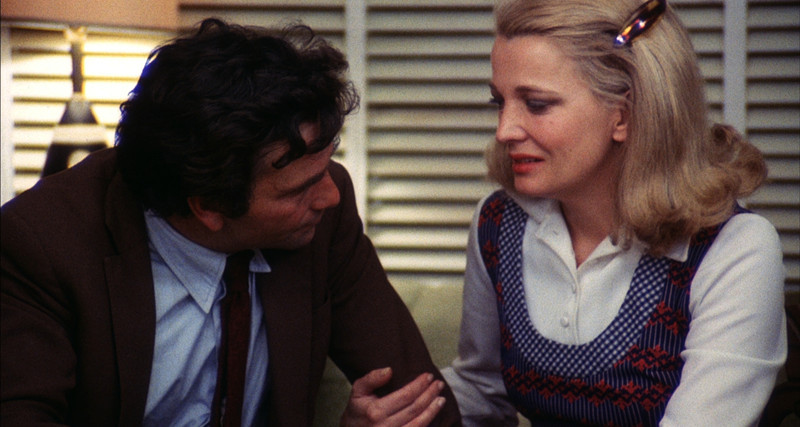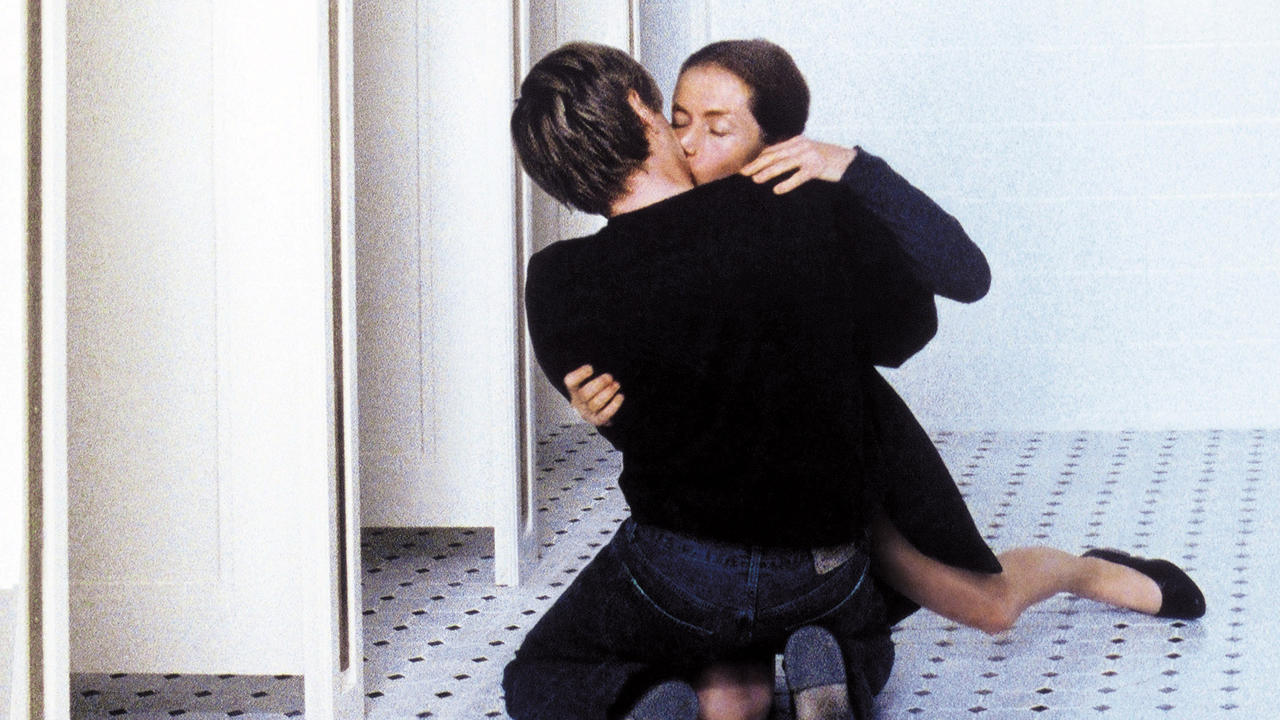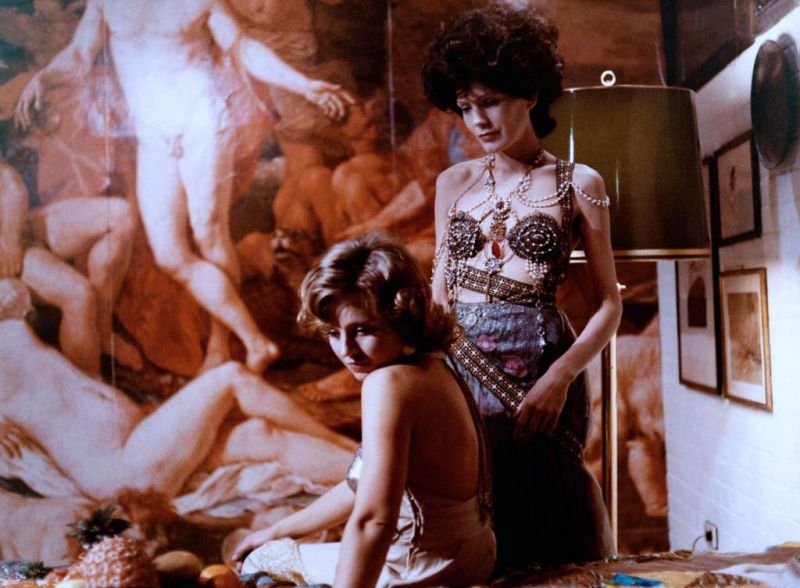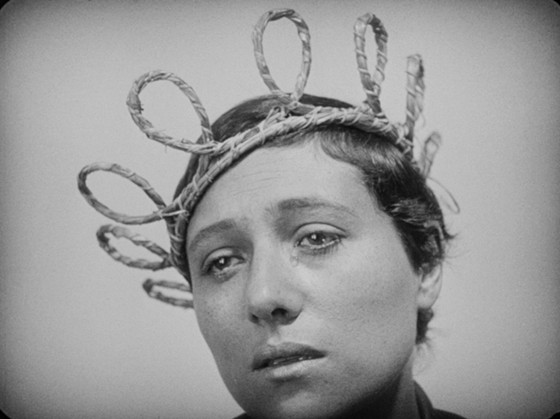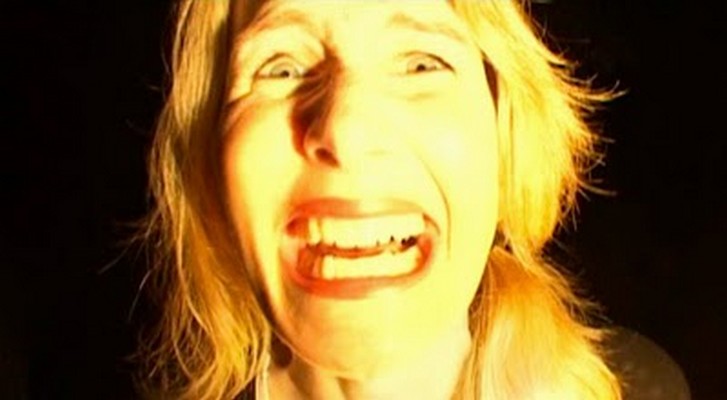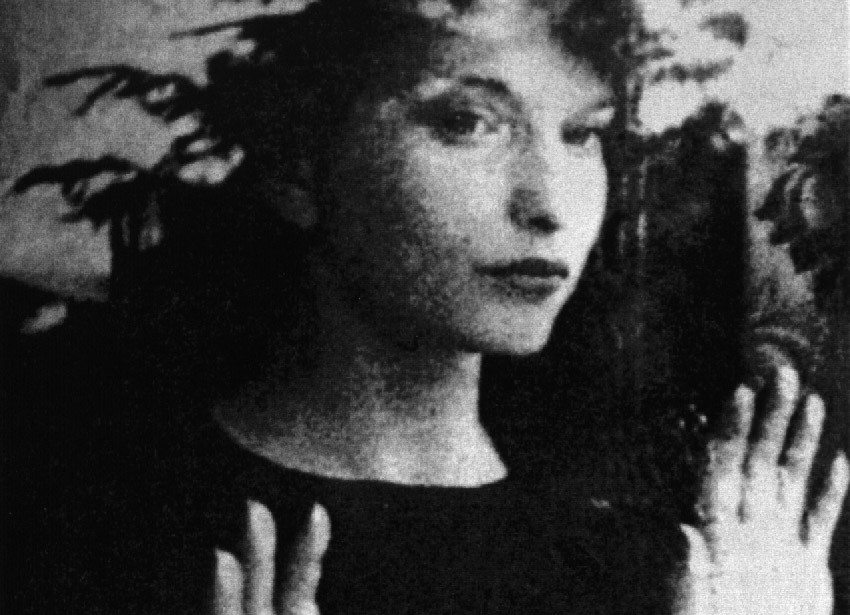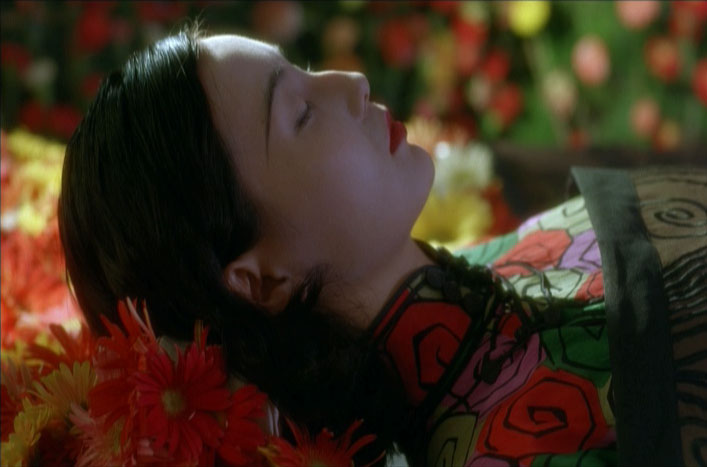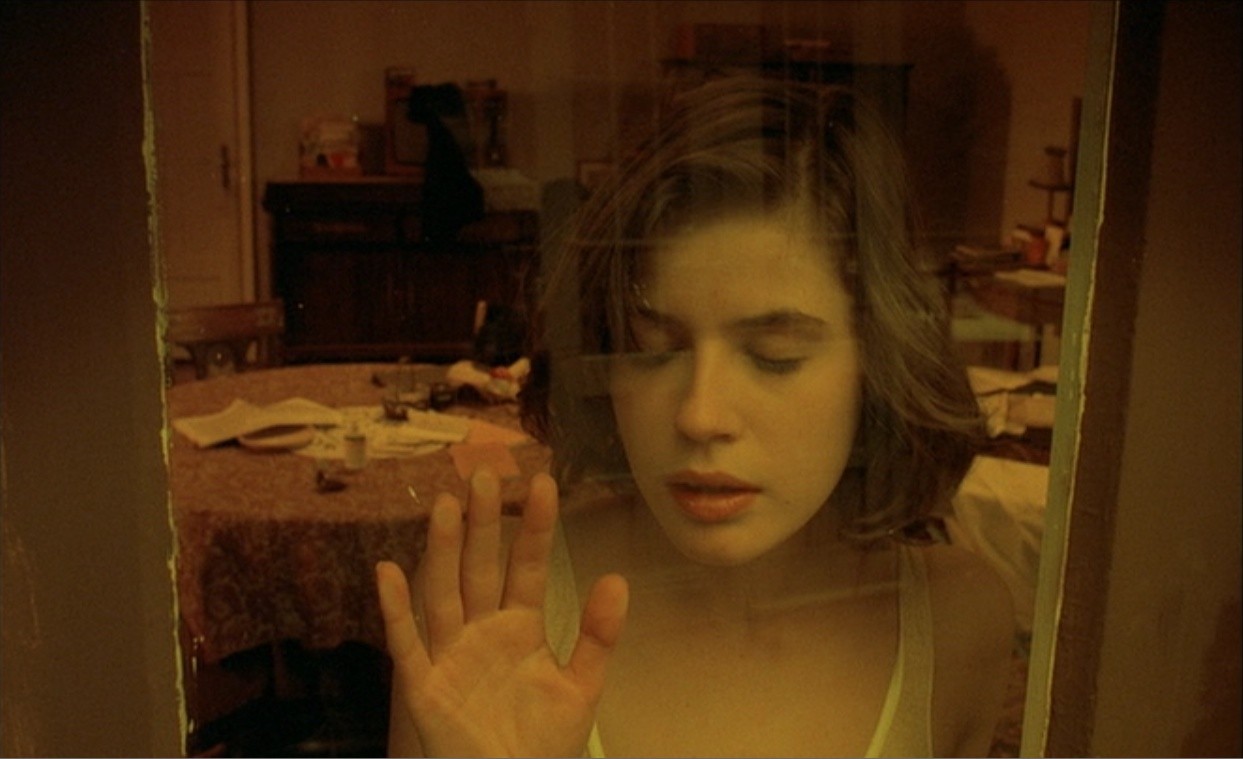
In the last few years we have seen the number of complains about the lack of good female roles increase. Audiences are not satisfied with the archetypes, that once were considered the norm, for portraying women in cinema and are looking for movies in which the woman isn’t exclusively an accessory.
Recently there has been a big change in that sense. Female lead movies are creating more buzz and topping the box office. Take a look at The Hunger Games, one of the most successful franchises of all times, Gone Girl, an unexpected hit that would cause a very different reaction if it was released ten years ago, and this year’s Mad Max that focused more on the fierce female lead than on the titular character.
Nevertheless, complex female characters have always existed, you just needed to look closer. This list features some examples of the best portrayals of women in film.
1. A Woman Under The Influence (John Cassavetes, 1974)
John Cassavete’s films often portray very complex characters, both male and female, but none of his many masterpieces come close to the shear brilliance of the character construction in A Woman Under The Influence. In this powerful feature, Marble, played by Gena Rowlands, and Nick, played by Peter Falk, are a married couple with three children. The love they share for each other is challenged by the wife’s unusual behaviour and the husband’s lack of awareness to deal with her madness. What could be read as a recipe for disaster is handled gracefully in the director’s poetic hands.
Although the movie works in endless ways, it’s the female lead character that drives the film through. Much of Marble’s character complexity comes from the fearless performance by Gena Rowlands, combining a overwhelming sense of desperation and rage with a quiet search for inner peace. Marble could be a very unrealistic woman on paper, but in Rowland’s hands she becomes a real person that goes into the most dangerous traits to be fulfilled with love.
The film gives no easy answers on why this complicated individual ended up this way, but, by the end of this roller coaster of emotions, the viewer is left with the impression that her peculiar behaviour might be a consequence of the hostile world that surrounds her and starts questioning if Marble is the crazy one or if she’s just surrounded by mad people.
2. Persona (Ingmar Bergman, 1967)
Persona is one of Ingmar Bergman’s most celebrated films. Despite his numerous successes exploring the human condition and the inside of each one of us, Persona comes off as his strongest attempt to understand the mysteries of the mind.
Liv Ullmann portrays Elisabet, a renown actress that inexplicably becomes mute and after a stay at a hospital she is recommended to spend the summer at an isolated seaside cottage with a nurse named Alma, portrayed by Bibi Andersson. As the nurse shares stories of her life with the actress, including the infamous beach monologue, both women start forming a very weird relationship as their personalities merge. Alma, seemingly the stronger women, is revealed as the weak one in the process of Elisabet consuming her strength.
The movie ignores every archetypes usual in female driven films, yet it’s a story that wouldn’t have the same impact if it was told with characters of the opposite sex, because it would lack the sensibility required. The ambiguity of the tale increases the complexity of its leading characters and leaves the viewer think if the experience they just had was the life of two women, one woman or themselves.
3. 3 Women (Robert Altman, 1977)
One woman became two, two women became three and three women became one. Referred by some as the American Persona, 3 Woman is Robert Altman’s most inspired feature. On a dusty California mirage-like city, an innocent young woman named Pinky (Sissy Spacek) is drawn by Millie (Shelley Duvall), a fellow nurse at a spa, but their relationship goes from a naive case of admiration to something unanticipated, when Pinky , after an accident, takes Millie’s personality. Both women are drawn by the pregnant wife of a bar owner, who becomes the third member of the equation.
The mystery of women and the reason why they reveals certain behaviours is explored extensively by Altman in 3 Women. The film has a very peculiar tone, being quite hard to distinguish fantasy from reality, and is incredibly symbolic, for instance with the presence of water. Sissy Spacek, like in Carrie and Badlands, is great at portraying the loss of innocence, but it’s Shelley Duvall, the director’s muse, who is the standout performer, even receiving the Cannes award for Best Actress in 1977.
4. The Piano Teacher (Michael Haneke, 2001)
This list could very well be called “Isabelle Huppert’s top 20 performances”, because she is known for constantly choosing very complex and complicated roles to interpret. Sometimes, one can even identify very “Huppertian” female characters, as they fit the kind of work Isabelle tends to choose – unsympathetic damaged women in bad situations.
The genius Austrian director Michael Heneke does his take on character study with The Piano Teacher. Huppert plays a sexually repressed piano professor that reveals her sadomasochistic tendencies to a young student she falls in love with. In the process, the viewer is invited to take a look at the professor’s singular episodes, like a self mutilation session or a voyeuristic incident with an incredibly humiliating outcome. By the end, the student obeys to the teacher request, which ends with an unexpected fallout.
From the many movies exploring the female sexual obsessions, The Piano Teacher comes out as the most complex portrayal. In the process of the lead character´s complete loss of dignity, we are welcomed to a very uncomfortable experience, like in many of the director’s films.
5. The Bitter Tears of Petra von Kant (Rainer Werner Fassbinder, 1972)
The New German Cinema was a movement filled with great cases of very well written female characters, Rainer Werner Fassbinder being the best example of it. In his extensive but short-lived career, Fassbinder builds a very strong repertory on the expense of his various female lead films.
In an all female cast, the feature’s action is set solely on the room of Petra von Kant, a very successful self-centred fashion designer, that struggles with a sadomasochistic relationship with her maid. Petra falls in love with a young woman named Karin and invites her to live with her, in exchange of a promising future in fashion. As the relationship with her muse deteriorates, and subsequently ends, Petra is left alone facing an unrequited love and the misfortunes of her life.
The screenplay was written by the director, on a twelve hours flight, primarily imagined as a play, which resulted in a more intimate portray of the lead character. In the course of five scenes, Petra is seen in opulent dresses and different wigs, perhaps trying to pretend she is someone else and escaping from her sad reality. The Bitter Tears Of Petra von Kant is a must-watch for the sublime direction, astonishing performances and the lasting impact.
6. All About My Mother (Pedro Almodóvar, 1999)
Almodóvar, Spain’s most internationally recognised director, is notorious for his continual representation of fierce women on the big screen. There are plenty of examples showcasing his affection like Women on the Verge of a Nervous Breakdown, Talk To Her or Volver. However there’s one story that shines brighter than the others: All About My Mother.
Manuela, a single mother, loses her son on a car accident, while he was chasing an actress, he greatly admired for an autograph. Following the traumatic episode, the mother decides to travel from Madrid to Barcelona in the search for the father’s son, a transexual woman named Lola. On the quest for self discovery, Manuela encounters several women who shape her trait, such as HIV positive pregnant nun, an old transexual friend and the actress her son died for. By the end of the journey, Manuela isn’t the same person she once was and isn’t alone anymore.
In 1999 the trans community wasn’t recognised in mainstream cinema, let alone featuring in complex roles like the ones seen here, and just like that Almodovar pioneered the social awareness for the serious representation of transexual women, that has been growing more and more this last few years. The viewer empathises with every single entity because they are all extremely interesting, well written and have a special message to share with the world.
7. The Passion of Joan of Arc (Carl Th. Dreyer, 1928)
Arguably one of the most fearless women in History, Joan of Arc is eternalised in this silent era masterpiece. It’s a retelling of the story of the trial and death of Joan of Arc – the eternal martyr – but no synopsis can tell how strong of an experience it is to watch (or feel) this film. The brilliant direction by Carl Th. Dreyer, responsible for the iconic close ups of Joan, and the masterful acting by Renée Falconetti, considered by many the best performance ever recorded on camera, are just some of the ingredients that contribute to the success of this work of art.
The movie’s Joan of Arc, much like the real woman, is a strong individual sure of her beliefs and so she sacrifices herself for her homeland (France) and to God. Remind yourself that this is a 1928 work, and no woman has ever been featured in a film showing the tremendous amount of grit as she has in here. Beyond the technical achievement this is, the message and the impact will subsist for a very long time and the duo Dreyer/Falconetti will be forever admired.
8. Inland Empire (David Lynch, 2006)
Inland Empire is the hardest Lynch film to explain – and by his standards that’s saying something. The director simply put out that it’s about “a woman in trouble” and that’s probably the best way to summarise the very complicated plot in which Laura Dern splendidly plays an actress entering in her character’s world after being informed the production is cursed. As if this wasn’t enough, Lynch managed to shake the story with a mysterious polish organisation, dancing prostitutes and talking bunnies.
The movie deals with a range of themes the women is constantly alarmed by, like objectification, victimisation, infidelity and sexual abuse. In other words, the director paints a frightening nightmare using the reality of the fears that females are subjected daily.
David Lynch’s contribution to digital proves to be one of his most overlooked works, but by no means it’s his weakest. Working roughly as a Mulholland Drive continuations (the dangers of Hollywood being a main theme in both), these two diverge in the sense that Inland focuses more in the journey of the female lead, instead of following diverse stories.
9. Meshes Of The Afternoon (Maya Deren & Alexander Hammid, 1943)
Meshes of The Afternoon might be the most unusual entry on this list, but it was an obvious choice for the representation of the women’s confinement, like no other movie has ever achieved. Maya Deren’s legacy still lives, influencing filmmakers like David Lynch, and although her movies are short in time (Meshes runs for only fourteen minutes) they are big in meaning.
Maya Deren stars as a woman who has a fatal nightmare in which she sees a mysterious figure in black (with a mirror on his face), the multiplication of herself and a big amount of knifes. In this surreal piece we are facing the woman’s biggest fears through the analyzation of her subconscious, in a very Freudian manner. The film is known for having a very particular atmosphere: the rhythm is extraordinary as is the body language, complementing beautifully the dreamy ambience. Meshes is one for the most disconcerting features ever created. On top of the haunting imagery, the viewer is presented with a very peculiar characterisation of a woman.
10. Center Stage (Stanley Kwan, 1992)
Based on the life of Chinese silent era movie star Ruan Ling Yu, this overlooked treasure misconstructs the idea of the biopic by showing different points of views of the prima donna’s life. Combining extracts from Ling Yu’s movies, fictional episodes of her biography and production talks between the director, the actors and witnesses who knew Ruan, the director elegantly reconstructs the tragic life of China’s first screen legend.
Ruan Ling Yu graced to stardom in a very early age and after an affair with a married man, the press started attacking the actress resulting on her suicide, when she was only 24 years old. An example of the society’s double standards, she later became a national icon and subject to a large admiration from the public – intensified with the release of this film.
Maggie Cheung came to be the first Chinese actor to win a major European award for her performance as Ling Yu, conquering the Silver Bear for best actress at the Berlin Film Festival. Cheung’s career changed drastically after this role, going from a mostly comedic actress to one of Asia’s most renowned actresses.
